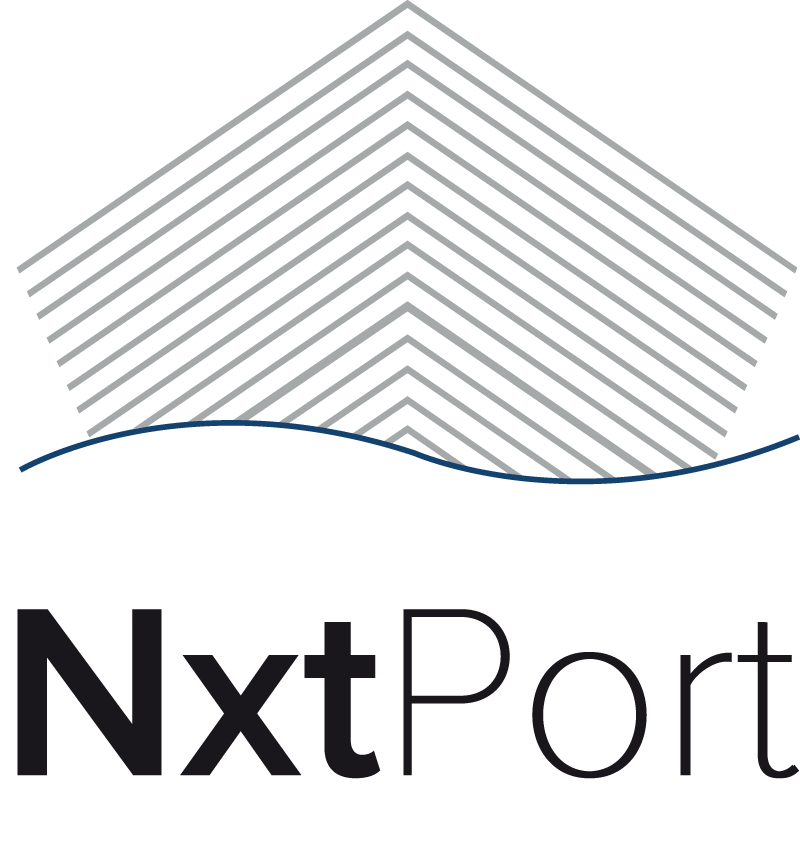Plan a Cleaning Action
Equipment arrives at the gate, requesting a cleaning action. To access the cleaning request and eECD booklet, the cleaning company will have to determine both, the transport company that owns the equipment, as well as the equipment itself. If found, the cleaning company will specify its cleaning location to start a cleaning.
Identify transport company
The following call allows you to get an organisation by either its DUNS, VAT or EORI code. Details include the address and phone number of the organisation. You will need its ID in the next step to search and find the equipment.
GET {eecdapi}/organisations/{type}/{code}
Usage
Identify the owner of the equipment.
Information
Gets an organisation by either its DUNS, VAT or EORI code
Query string parameters
type: Either VAT, DUNS or EORI
code: The value of either the VAT number, DUNS code or EORI code
Response
Get organisation
{
"id": "Guid",
"organisationName": "string",
"addressLines": {
"Street and number": "string",
"City": "string",
"PostalCode": "string"
},
"phone": "string",
"fax": "string",
"webSite": "string",
"duns": "string",
"vat": "string",
"eori": "string",
"roles": [
{
"id": "Guid",
"name": "string"
}
]
}Find equipment
GET {eecdapi}/equipment/paged?operatorId={operatorId}&search={search}
Usage
Identify the equipment. You will need the retrieved equipment ID later in the cleaning process.
Information
Retrieves the information about a specific equipment
Either license plate or container ID will be returned, but never both
Query string parameters
OperatorId: ID of an operator ID
Search: A way to uniquely identify the equipment. This may be either the license plate or the container ID.
Response
Get equipment
[
{
"id": "Guid"
"operatorId": "Guid",
"equipmentType": "string",
"subGroup": "string",
"numberOfManholes": 0,
"numberOfCompartments": 0,
"compartments": [
{
"key": "1",
"volume": 0,
"baffles": 0
}
],
"licensePlate": "string",
"internalEquipmentCode": "string",
"containerId": "string",
"isIso6346Compliant": true
}
]Choose a cleaning location
Once you decided to start the cleaning action and in case there are multiple cleaning locations set up within one and the same cleaning organization, a "logged in" may have access to several cleaning locations and such user can choose the cleaning location where this equipment is being cleaned. The selected cleaning location is used to generate the address details on the eECD so the obtained ID of the cleaning location is used later on in the eECD process.
GET {eecdapi}/cleanings/locations/users
Usage
Retrieve the available cleaning location for active user
Information
Returns an array of available cleaning locations for logged in user
Result
Get cleaning locations for user
[
{
"id": "string",
"createdOn": "2021-05-10T13:22:50.961Z",
"createdByUser": "string",
"lastUpdatedOn": "2021-05-10T13:22:50.961Z",
"lastUpdatedByUser": "string",
"isDeleted": true,
"version": "string",
"organisationId": "string",
"name": "string",
"description": "string",
"phone": "string",
"fax": "string",
"website": "string",
"addressLines": {
"additionalProp1": "string",
"additionalProp2": "string",
"additionalProp3": "string"
},
"people": [
{
"id": "string",
"fullName": "string"
}
],
"supervisor": "string",
"dunsCode": "string"
}
]Initiate for cleaning
POST {eecdapi}/equipment/{equipmentId}/cleaningactions
Usage
Start cleaning action
Information
Two types of cleaning actions are supported: standard or polymer. The type of cleaning determines whether or not extra cleaning requirements, defined by specific EFTCO codes, need to be performed when completing and inspecting the cleaning. Cleaning actions are considered standard by default. A Polymer cleaning does an automatic validation on the presence of the right EFTCO cleaning codes on the ECD and as described within the EFTCO-ECTA-Cefic best practice guideline for polymer cleaning.
By default, the driver of the equipment needs to verify the cleaning action with his signature. Cleaning companies may choose to mark the cleaning action as "Unaccompanied", meaning that this cleaning will be executed while the driver is not waiting and the cleaned equipment will be picked at a later moment. The truck driver is not present to sign off the ECD however the cleaning station is signing off on behalf of the driver and at the moment of cleaner signoff.
Body (JSON object)
Start cleaning
{
"locationId": "string",
"type": "Standard",
"isUnaccompanied": false
}Validation
LocationId
The ID of the cleaning location acquired earlier.
Type
The type of the cleaning, which can be either Standard or Polymer. When omitted, the cleaning will be considered Standard.
IsUnaccompanied
Indicator of whether the driver needs to be present when the cleaning is completed. When omitted, the cleaning action will not be considered unaccompanied, and a driver signature is required.
Result
Start cleaning result
{
"equipmentId": "Guid",
"compartments": [],
"id": "Guid",
"lastStatusDate": "2018-09-05T12:57:50.092149Z",
"status": "PLANNED",
"cleanedBy": {
"locationId": "Guid",
"locationName": "string",
"organisationId": "Guid",
"organisationName": "string",
"addressLines": {
"Street and number": "string",
"City": "string",
"PostalCode": "string"
},
"phone": "string",
"fax": "string",
"website": "string"
},
"process": {
"createdBy": "string",
"createdById": "Guid",
"createdAt": "2018-09-05T12:57:50.0928697Z"
},
"type": "STANDARD"
}Next steps
You have now successfully set up the first steps of the Cleaning action of the eECD process. You can continue to the next step (Perform cleaning / Inspecting the booklet).
